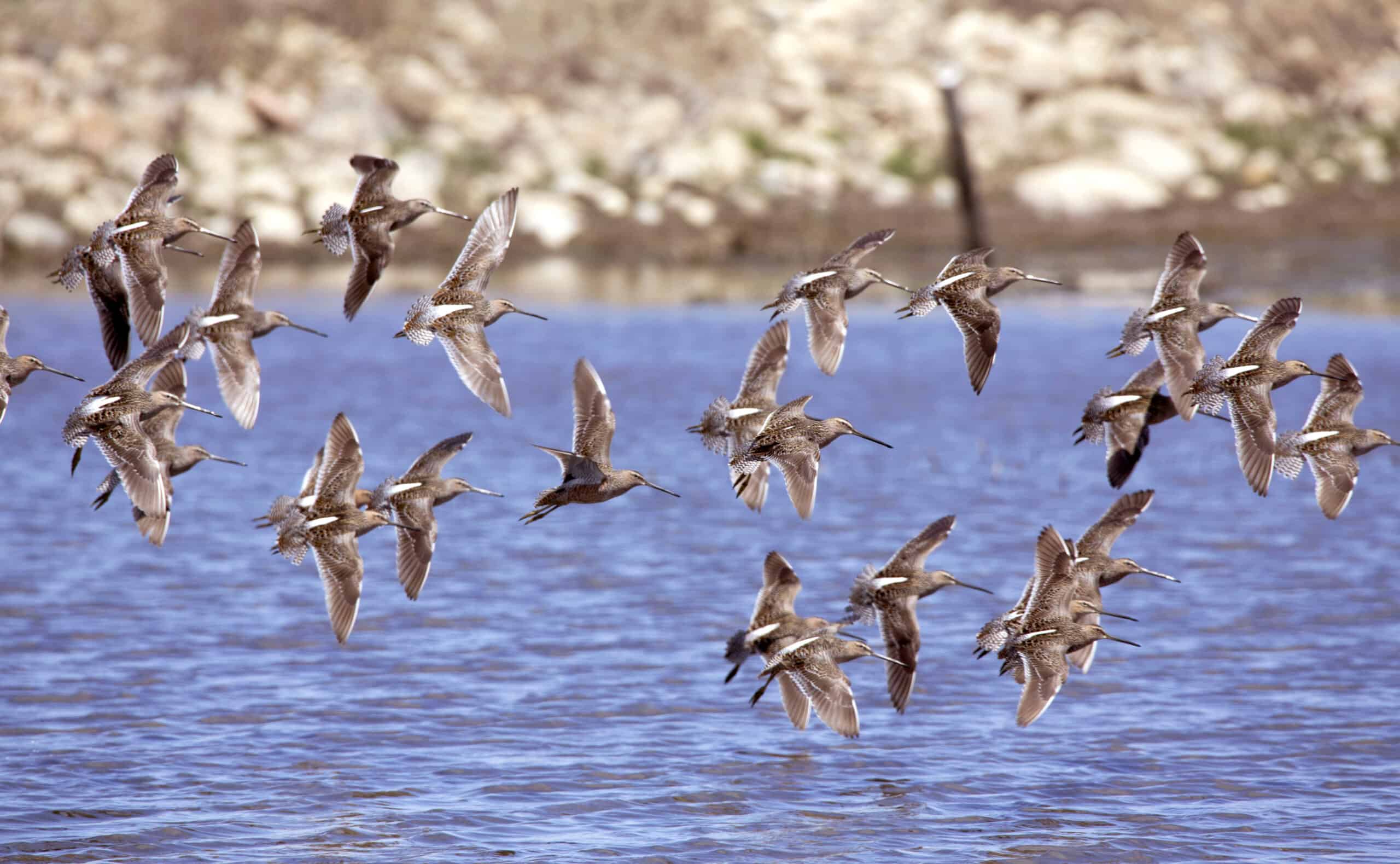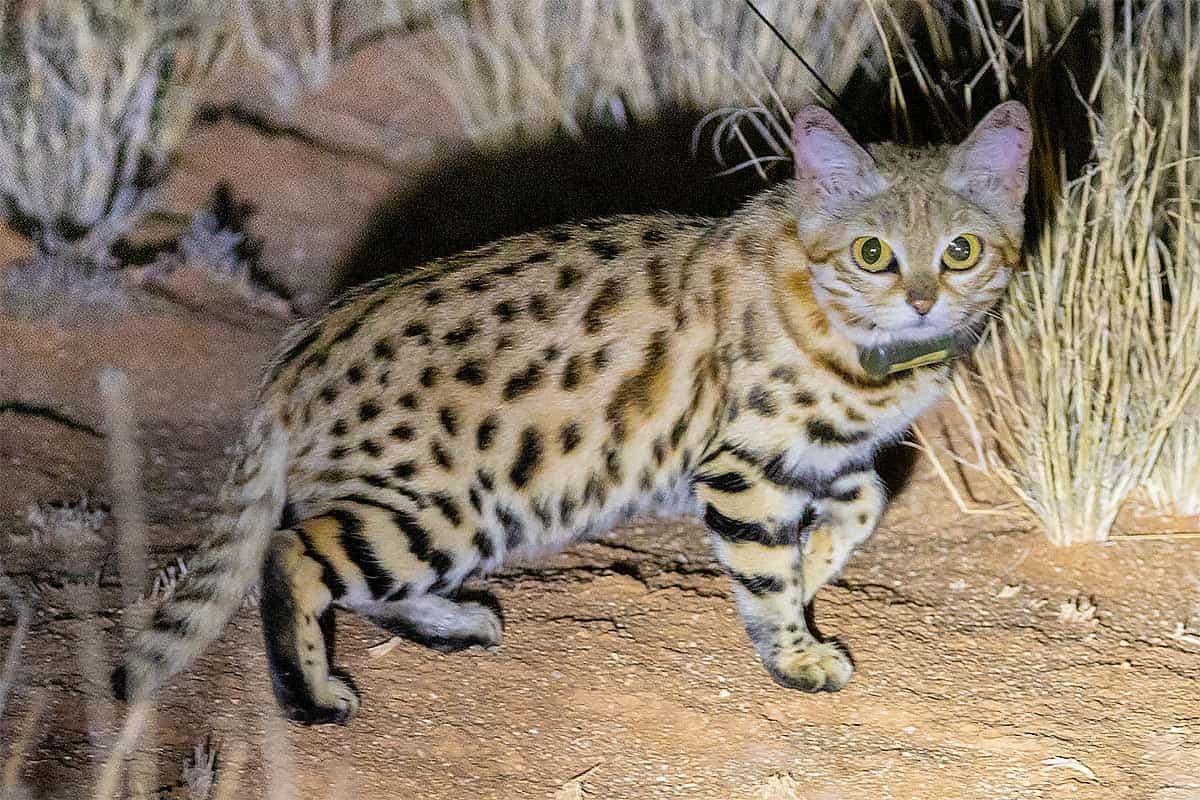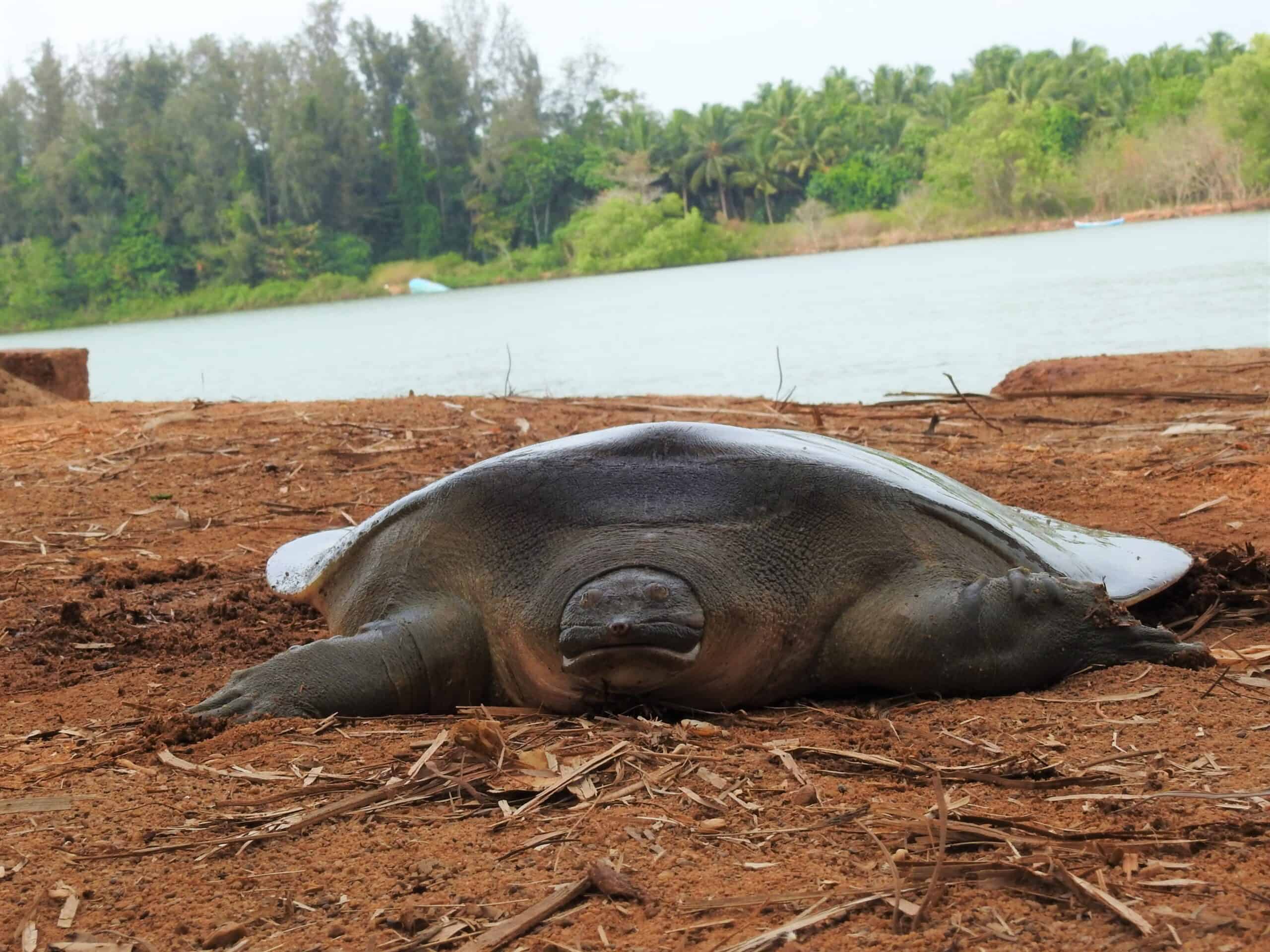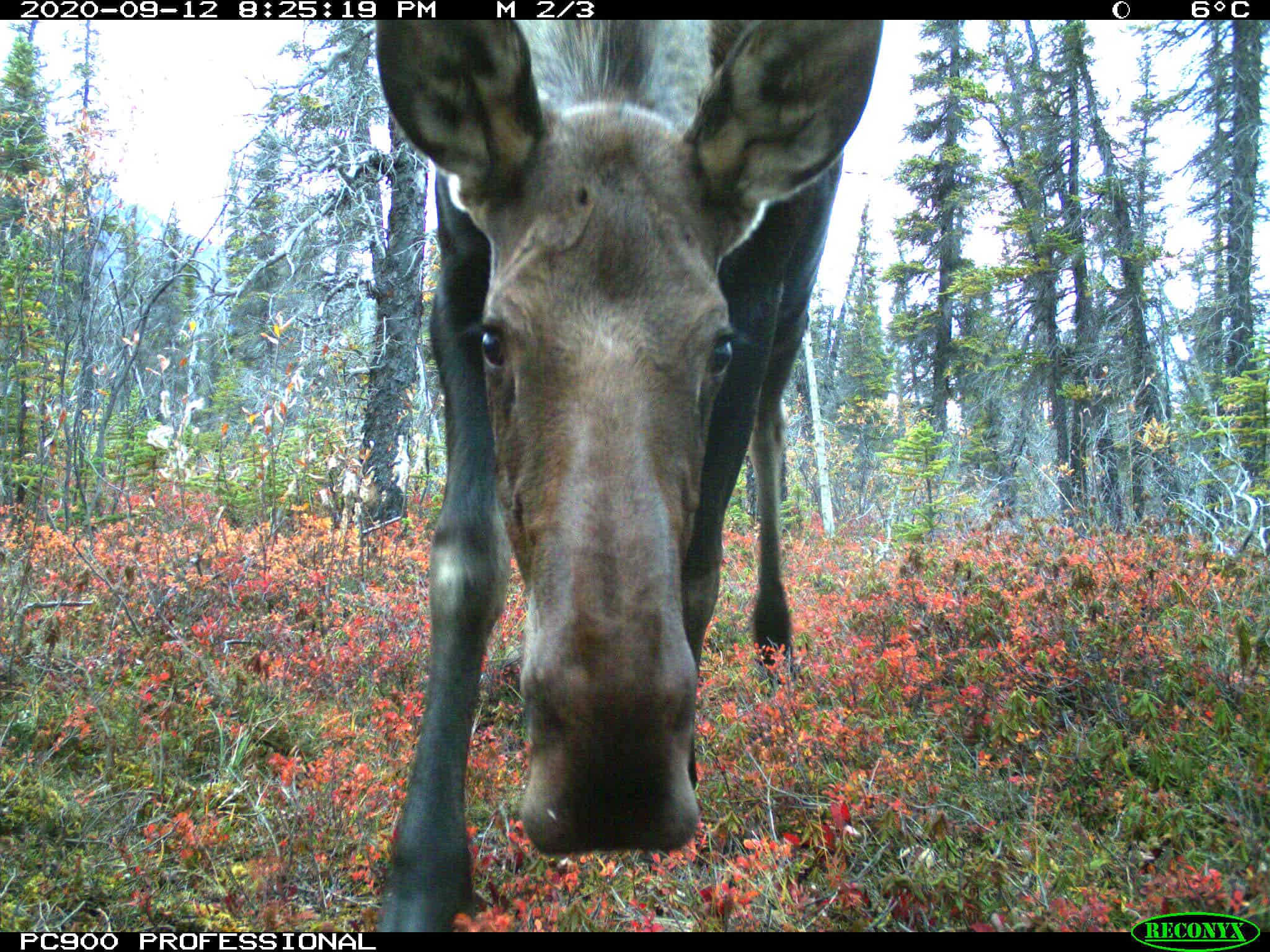Share this article
Wildlife Featured in this article
- Lesser yellowlegs
- Greater yellowlegs
- Short-billed dowitcher
- Semipalmated sandpiper
- Pectoral sandpiper
Wild Cam: Common insecticides may hamper shorebird migration
Neonicotinoids wash into wetlands in the Prairie Pothole region
The insecticides that protect crops from pests may be causing obstacles for the long-distance migration of shorebirds.
Researchers have discovered that species like lesser yellowlegs (Tringa flavipes) ingest relatively large quantities of neonicotinoids indirectly through their insect prey or water from wetlands embedded in farmland. The birds don’t directly eat the seeds.
“We’re reporting the highest concentration in a wild bird that isn’t consuming treated seeds directly,” said TWS member Shelby McCahon, a master’s student in natural resources at the University of Idaho.
A growing body of research is uncovering the problems that neonicotinoids are causing bees. While these insecticides are designed to combat crop pests, they can also cause problems, or even death, for other invertebrates.
Less is known about whether these chemicals affect species higher up the food chain. Some work has found that neonicotinoids might lead to declines in northern bobwhites (Colinus virginianus), while other research in Canada has shown that white-crowned sparrows (Zonotrichia leucophrys) lost body mass after ingesting seeds treated with neonicotinoids. These birds also spent longer at stopover sites during migration.
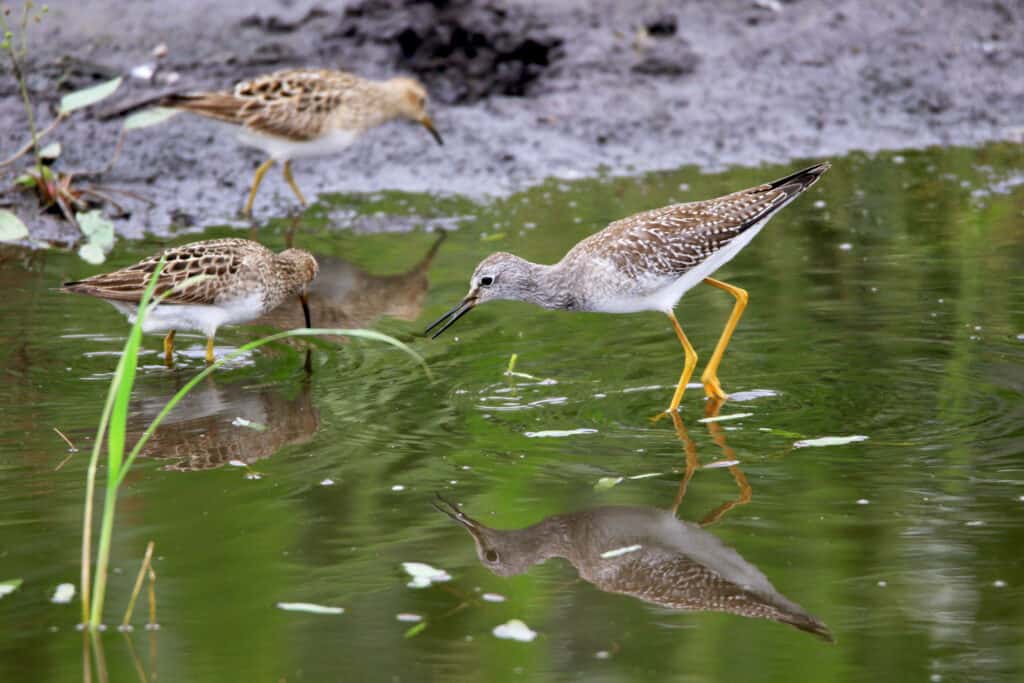
Neonicotinoids are applied as coatings on the seeds of crop plants and are incorporated into the crops as they grow. But some traces of the chemicals stay in the soil, where rainwater washes them into nearby wetlands. This occurs in the Prairie Pothole region—an important refueling stopover for many shorebirds during migration.
“[Neonicotinoids] are the most widely used class of insecticide, and many shorebirds rely on the Prairie Potholes to fuel their migration,” McCahon said.
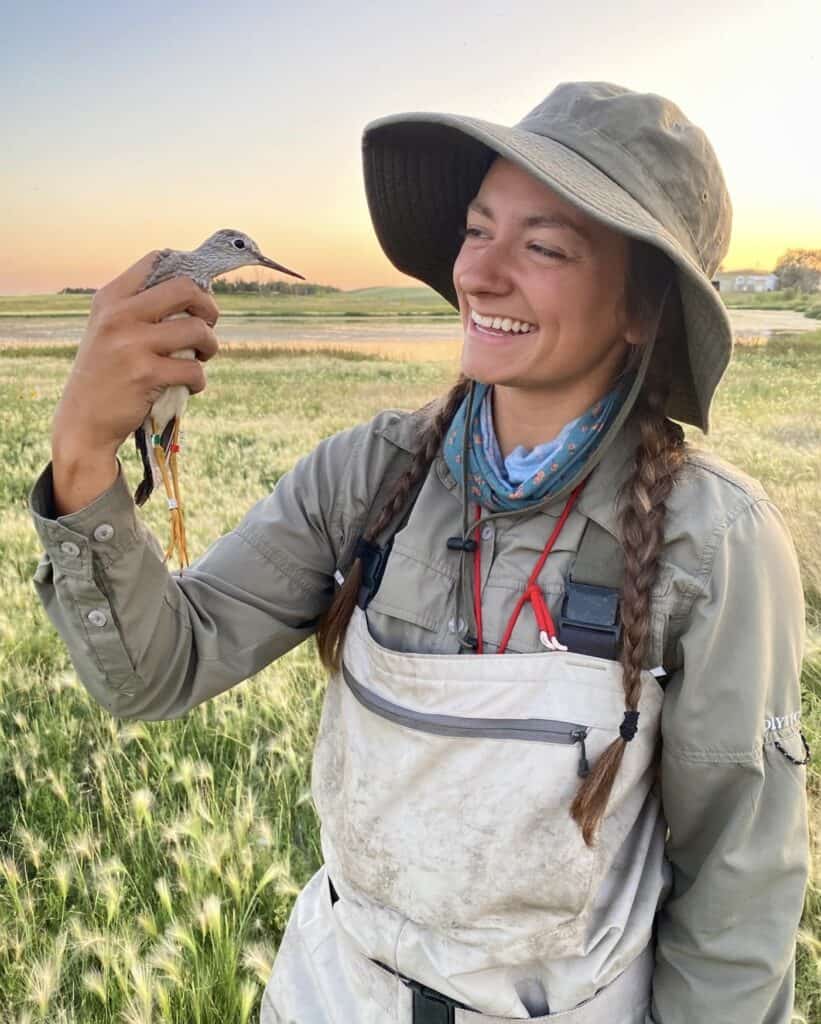
In Alaska, McCahon, pictured above, was studying migratory shorebirds like lesser yellowlegs, whose populations had been declining for more than a half century. A number of factors may be causing a decline in the numbers of migratory shorebirds, but she started to wonder if neonicotinoids might also be playing a role.
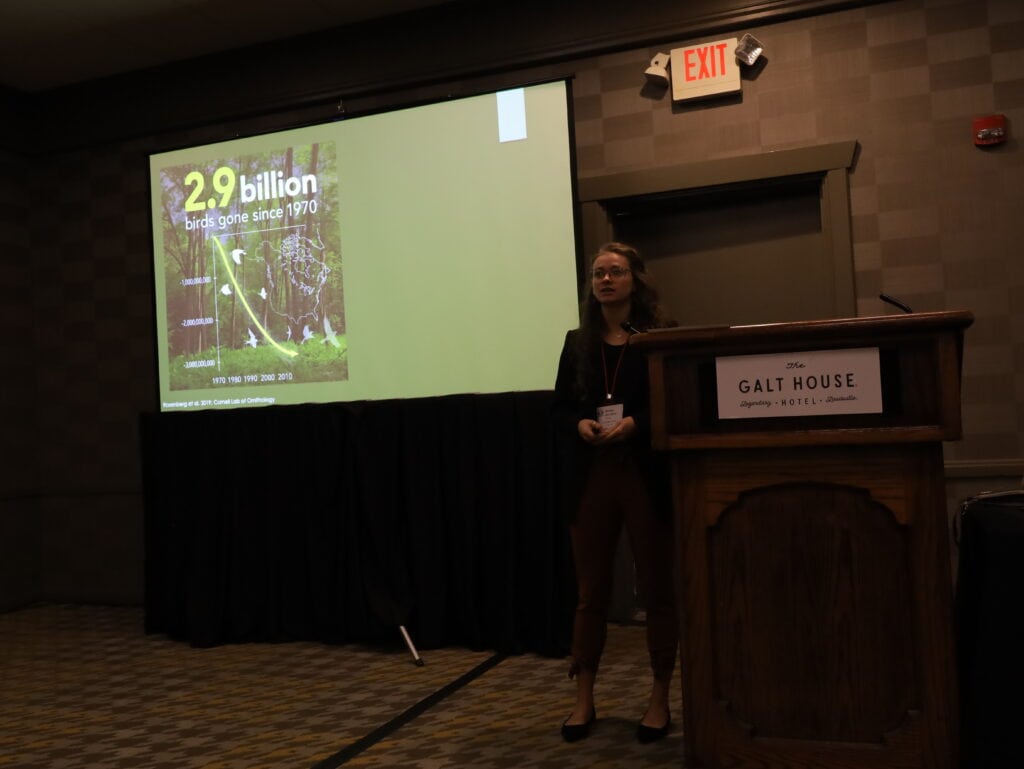
In ongoing research presented at The Wildlife Society’s 2023 Annual Conference in Louisville, she presented her team’s work analyzing the neonicotinoid level of shorebirds in North and South Dakota over four field seasons.
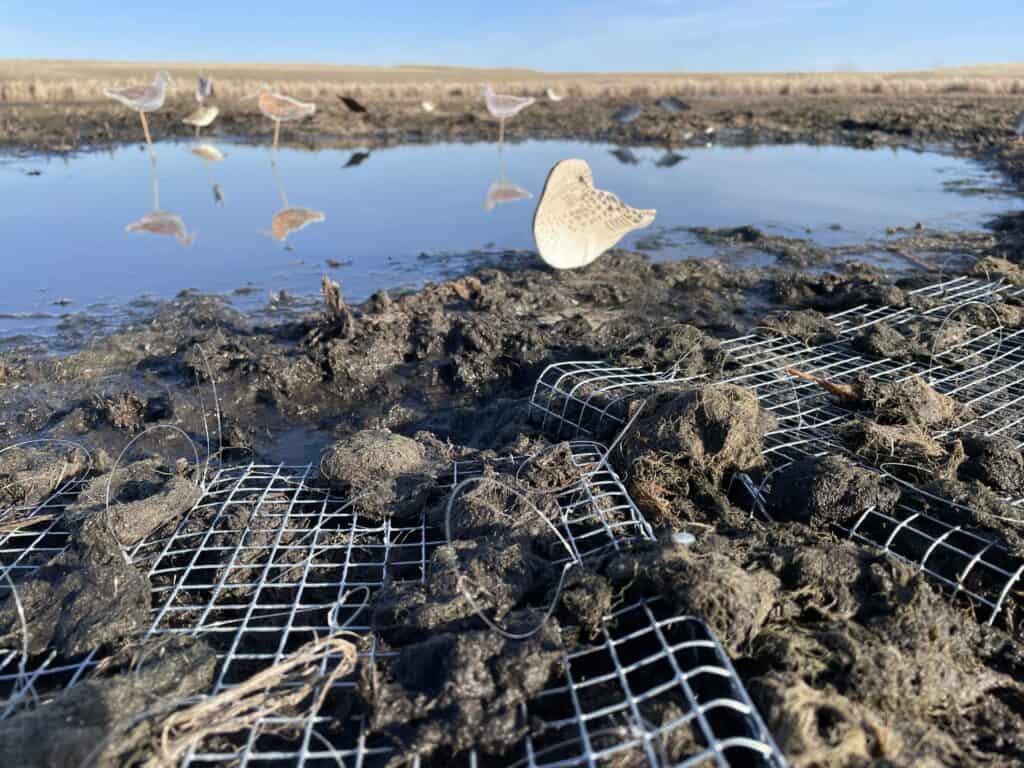
The team used wooden carved decoys and speakers that broadcast bird sounds to attract a variety of species to noose carpets—a type of mesh trap pictured above that captures the legs of shorebirds that step on them. They also lured them into areas with large whoosh nets—a type of bungee-powered net that snaps down on birds when they enter a target area. “It goes ‘whoosh’ as it comes over top of them,” McCahon said. In other cases, they used mist nests.
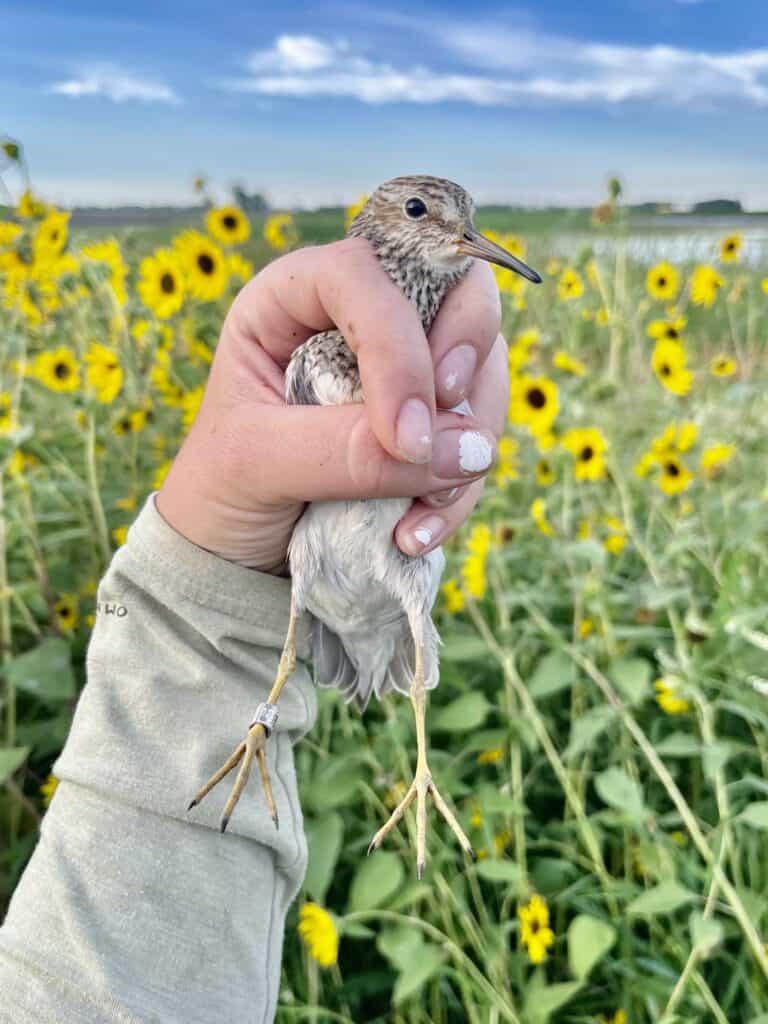
The team mostly captured lesser yellowlegs, but also caught some greater yellowlegs (T. melanoleuca), semi-palmated sandpipers (Calidris pusilla), pectoral sandpipers (C. melanotos, pictured above), killdeer (Charadrius vociferus) and short-billed dowitchers (Limnodromus griseus).
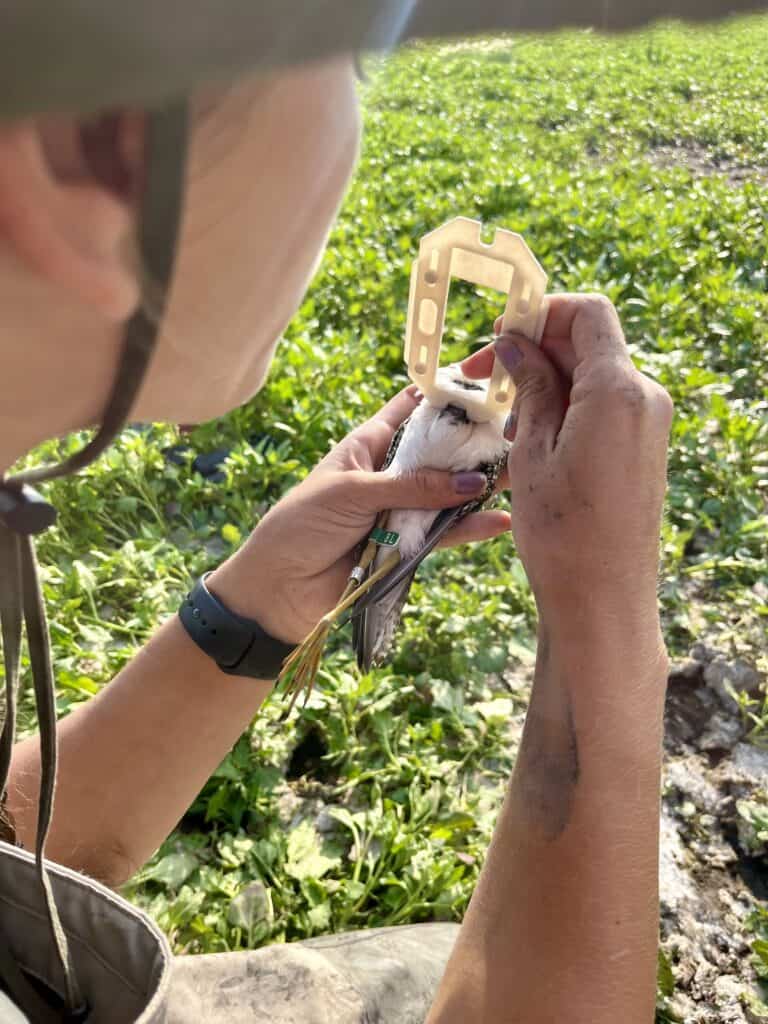
The researchers took blood samples of these birds and measured other body metrics like weight, size and body condition. They also sampled the water and the invertebrates in it.
They found that concentrations of neonicotinoids in the water were below toxicity threshold levels to aquatic invertebrates. “Although concentrations were low and not expected to directly impact invertebrates, repeated neonicotinoid exposure in the water could still harm both invertebrates and birds,” McCahon said.
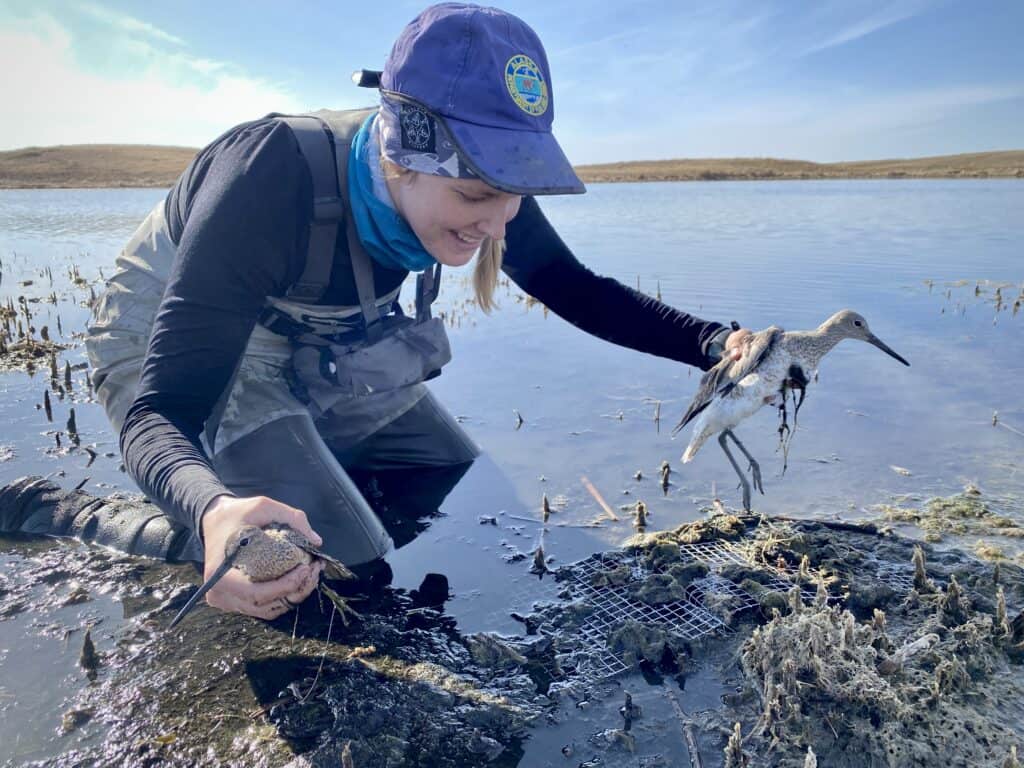
Across two fall migration seasons, they found that 21% of shorebirds showed evidence of at least one neonicotinoid in their blood. About 3% of the shorebirds had evidence of multiple neonicotinoids. Killdeer, lesser yellowlegs and semipalmated sandpipers had the highest levels during the fall migration. “Compared to the literature, some of these birds have relatively high concentrations,” McCahon said.
Migratory obstacle?
The team hasn’t yet analyzed whether these levels affect the birds’ body condition, foraging or stopover behavior. But McCahon said that other studies have found that neonicotinoids can alter birds’ brains. Neonicotinoids can suppress birds’ appetite, which is critical during these refueling stopovers in the Prairie Potholes. Some of these shorebirds migrate from Alaska all the way down to South America during the fall and back during the spring. They rely heavily on gaining enough fat for this long trip.
Across two spring migration seasons, 60% of the shorebird blood samples had evidence of at least one neonicotinoid, while 17% of them showed multiple neonicotinoid compounds. Since no crops had even been planted at the time spring samples were taken, the high levels in spring blood samples suggest that these insecticides stay in the environment for at least a year after planting, McCahon said.
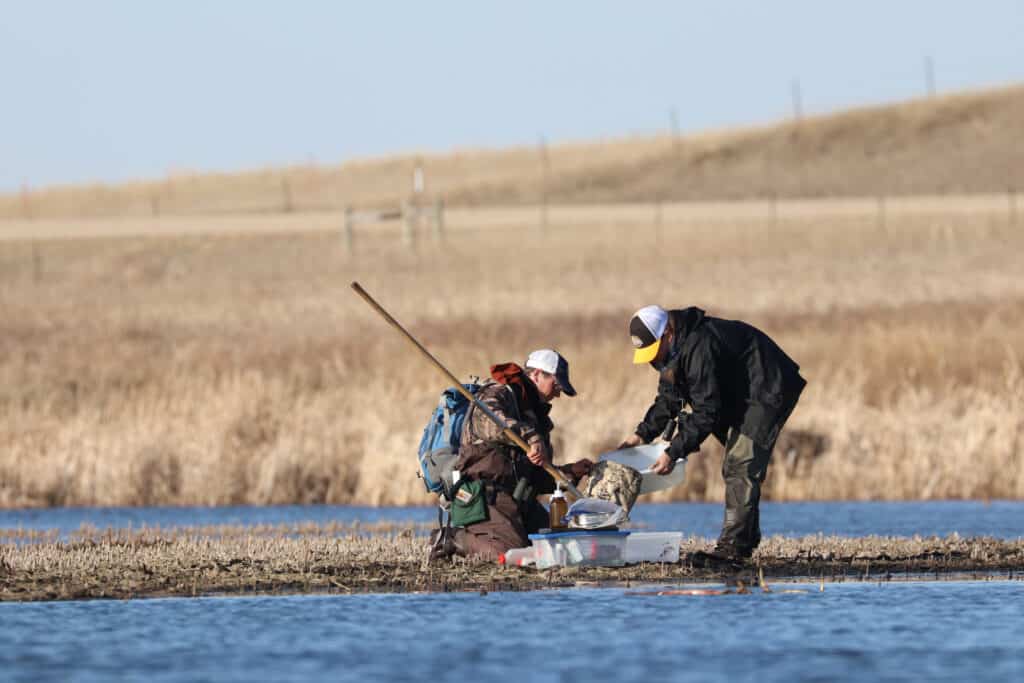
The invertebrate analysis is still ongoing. “Neonicotinoids are rapidly metabolized in birds within 24 hours, but repeated exposure could reduce their appetite and cause a rapid reduction in body mass and fat,” McCahon said.
The chemicals also might be reducing the number of invertebrate prey available during refueling.
“Repeated exposure to neonics can cause harm to invertebrates and reduce invertebrate abundance,” McCahon said.
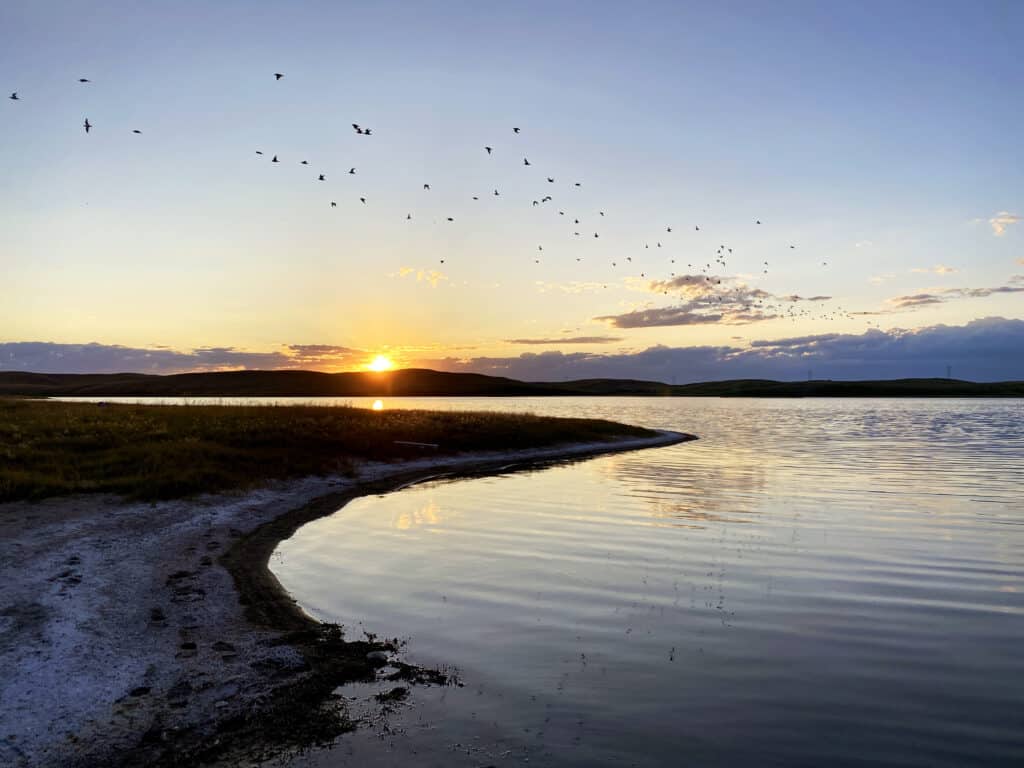
This photo essay is part of an occasional series from The Wildlife Society featuring photos and video images of wildlife taken with camera traps and other equipment. Check out other entries in the series here. If you’re working on an interesting camera trap research project or one that has a series of good photos you’d like to share, email Josh at jlearn@wildlife.org.
Header Image: The Prairie Pothole region is a migratory refueling stopover for shorebirds like short-billed dowitchers. Credit: Shelby McCahon



